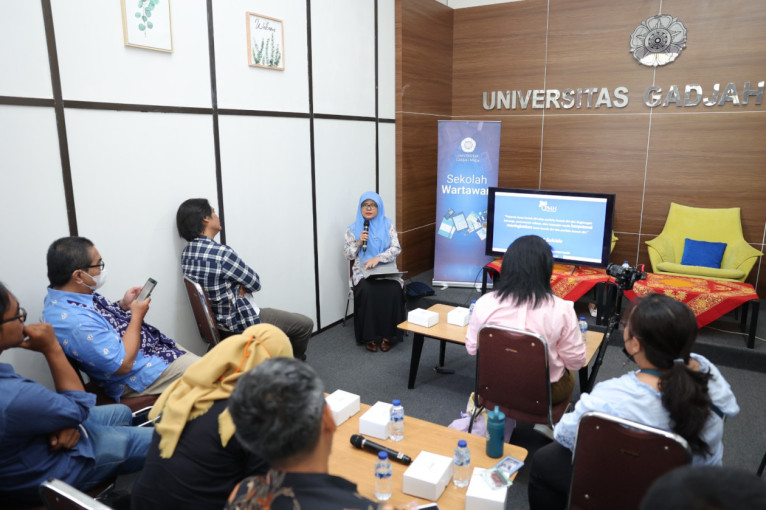
A psychologist and manager of the Center for Public Mental Health at the UGM Faculty of Psychology, Nurul Kusuma Hidayati, emphasized the strategic role of mass media in shaping public perceptions of suicide.
The way news narratives are presented can be used as an advocacy tool but can also have negative impacts.
“Whether this influence is positive or negative depends on how journalism is conducted,” she explained at Sekolah Wartawan held on October 19 at Universitas Gadjah Mada.
The discussion focused on the theme of “Ethics in Reporting on Mental Health and Suicide” to increase understanding and provide new insights to media professionals regarding the reporting of suicide, ensuring that it does not trigger suicidal behavior.
Hidayati stated that exposure to suicide cases or suicidal behavior can come from various sources, including family, peers, and media content. This exposure has the potential to increase suicide cases and suicidal behavior.
In addition, information through media news can, if not delivered appropriately, trigger copycat suicides.
“Media coverage of suicide has the potential to increase copycat suicide or suicide attempts that are motivated by imitating previous suicide cases,” Hidayati explained.
Therefore, she stressed that media outlets should consider whether their reporting strengthens or challenges stigma. It is also important to consider language choices because how someone or their mental health condition is portrayed can significantly affect public perceptions.
Additionally, asking for consent from sources and assessing the long-term impact of published articles are crucial.
“Journalists will continue their lives as usual after publishing the article. However, those who become the focus of the article will continue to be associated with it for a long time,” she emphasized.
Hidayati added that another issue that media professionals need to consider when reporting on suicide and mental health is trauma. They must contemplate whether the reporting process, including interviews or photos, might retraumatize individuals who have experienced trauma.
The impact of reporting on suicide is not limited to adverse effects. On the contrary, coverage of coping strategies in difficult situations, as included in articles about suicidal ideation, can have a protective effect.
“The media’s coverage of suicide can also have a protective effect, such as early suicide detection, dealing with difficult situations, and more,” she said.
Hidayati presented to journalists the key to effective interventions for suicide prevention. Based on research, there are four interventions for suicide prevention:
- Imposing restrictions on access to means of suicide.
- Having intensive interactions with the media to ensure professional and responsible reporting of suicides.
- Developing life skills and socio-emotional skills for adolescents.
“Lastly, identifying and providing early intervention, observation, and follow-up for individuals affected by suicidal behavior,” she concluded.
Author: Ika
Photographer: Firsto

